NEG battle lines drawn as voters await lower energy prices
Can more than a decade of partisan squabbles over climate and energy policy that have crippled our electricity sector end next week?
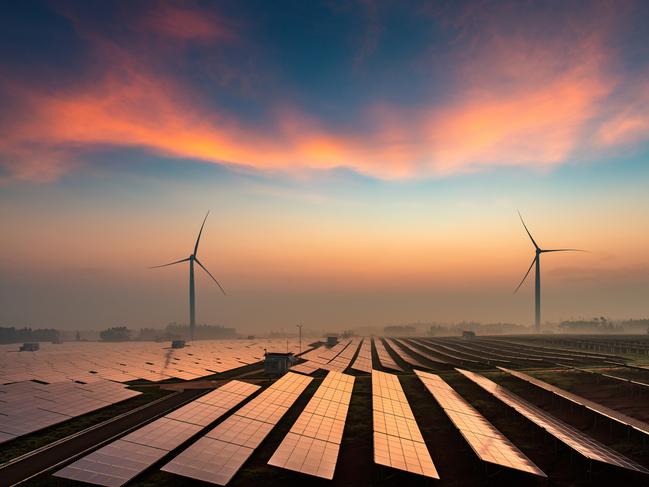
With one week to go until the Council of Australian Governments Energy Council ministers decide whether to put an end to more than a decade of partisan squabbles over climate and energy policy that have crippled Australia’s electricity sector, the key political flashpoints of the national energy guarantee are unresolved.
The federal government’s poor showing at last weekend’s Super Saturday by-elections adds pressure for a deal that puts lower electricity prices at the top of the agenda.
But in the final days of negotiation for a NEG, federal Environment and Energy Minister Josh Frydenberg faces a three-pronged campaign from the ALP, GetUp! and the states that seeks to boost the renewable energy mandate.
Against the evidence, the claim is being put forcefully that more renewable energy means lower prices. The reliability of supply must be taken on trust.
The NEG, a proposal born ultimately from the ashes of the South Australian blackout in September 2016 as a way to deliver more reliable, cheaper and cleaner electricity, has been hijacked.
Even if state energy ministers can agree at next week’s COAG meeting, the Turnbull government is on notice that the NEG in its present form will not be supported in parliament.
Energy policy and the NEG are hostage to the politics of lifting ambition on cutting greenhouse gas emissions and getting quickly out of coal. This is despite the fact coal use is rising globally and thousands of new-generation, lower-emissions plants are being built around the world.
The NEG debate has lost focus, cementing instead a partisan divide over climate policy and further splitting a tense Coalition partyroom on the issue.
As Australia prepares to double down, public hostility to the cost of green initiatives is rising.
The backflip by retailer Coles following its ban on single-use plastic bags — it now says it will offer reusable plastic bags for free until August 29 after a customer backlash — has again proven that consumers are happy to save the world as long as it does not cause inconvenience or cost any money.
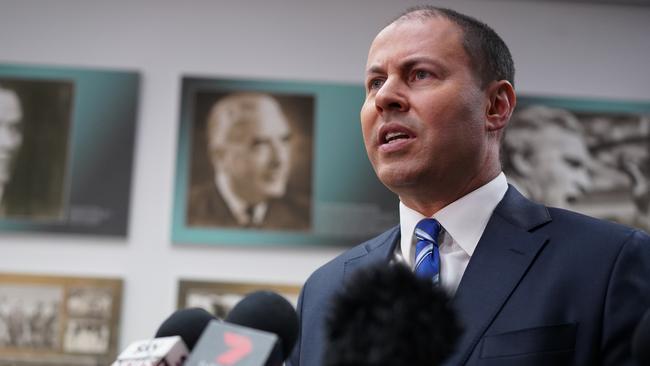
The acute price sensitivity of good intentions was acknowledged by Dick Smith when he folded his line of patriotic produce because shoppers had shown they would rather buy cheaper imports from Aldi.
On climate action, the maxim holds true around the world. Canadian states are in revolt over the introduction of a once-popular federal carbon tax, an issue that could cost Prime Minister Justin Trudeau the election next year.
A Gallup poll in the US last month shows climate change does not rate anywhere on a list of major mainstream concerns, which are dominated by immigration and bad politics.
Meanwhile, a cornerstone of the Paris Agreement on which justification for the NEG is based has disintegrated into bitter dispute over who will control the purse strings as wealth is transferred from the developed world to developing countries at a rate of more than $US100 billion ($135bn) a year.
Newspoll shows 48 per cent of Australian voters support following the US out of the Paris Agreement if it lowers electricity prices.
But debate over the NEG remains fixed on how big the number will be for greenhouse gas emissions cuts into the future.
In its final detailed design report, the Energy Security Board has said the NEG would help lift renewable energy production to 36 per cent of total generation capacity within 11 years. This will be up from the present 17 per cent. Reliance on coal will fall from 75 per cent of generation capacity to 60 per cent.
The question is how much more renewable energy will be mandated by government policy under the NEG.
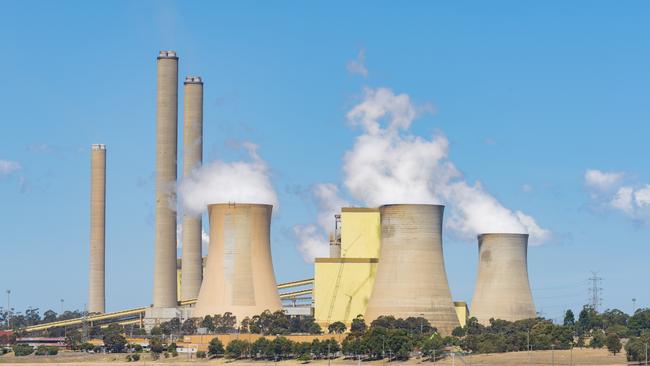
The battle lines were clearly drawn in dozens of submissions made to the Energy Security Board’s investigation into how the NEG should operate.
The ACTU and federal Labor have opposed the NEG as doing too little to cut greenhouse gas emissions and not enough to help workers displaced from closing coalmines.
Welfare groups say the renewable energy transition does not go far enough but simultaneously demand a compensation scheme for low-income families similar to the one that accompanied the Gillard government’s carbon tax.
On the other side, industry groups are concerned that Australia’s longstanding competitive advantage of cheap energy is being squandered as they face the prospect of rationing through “demand management” or heavy investment in their own electricity supplies.
On the table with the NEG is a highly complex arrangement that seeks to lower electricity prices while ensuring demand for electricity is met and greenhouse gas emissions reduced. Demand and supply will be managed through tightly controlled contracts and derivative trading, which those closest to the action say is wide open to being gamed.
The first challenge, according to submissions to the Electricity Security Board, is to establish exactly where each megawatt of electricity traded is coming from. This will be necessary to ensure all parties are doing what the law says they must.
Fines of up to $100 million will apply to companies that do not meet their emissions reductions targets, on the one hand, or fail to deliver reliable electricity supplies on the other.
In theory, new technologies for storage and grid management together with billions of dollars of new investment in pumped hydro-electricity schemes backed by government will produce a transformation to a low emissions future.
After the current wind projects are completed, the Australian Energy Market Operator’s long-term forecasts indicate solar energy will be the big winner at a utility and household level. The stark reality is energy users who can afford it are voting with their feet, installing solar panels and batteries in increasing numbers. High electricity prices are encouraging the trend which, if not properly managed, spells further disaster for an electricity network that must be vastly expanded but supported by a dwindling pool of customers.
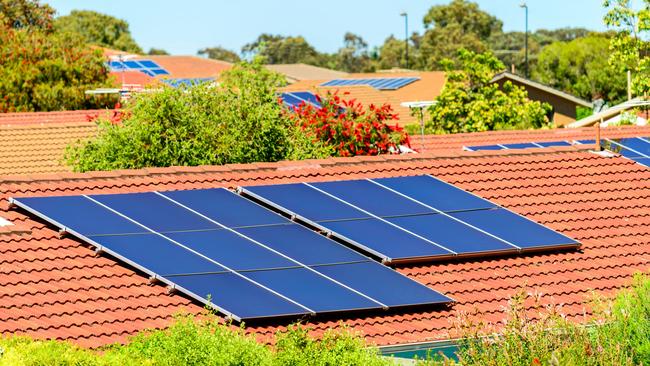
Grid expansion is needed so that weather conditions in Queensland can balance intermittent wind generation in Victoria and South Australia.
The challenges are great but the politics quite simple.
The federal government wants an NEG that promotes resilience and lowers costs while meeting existing climate change targets. The opposition says higher ambition is needed so that more renewable energy projects can be built.
Frydenberg is struggling to maintain government unity on the issue. But Labor’s position is being aggressively pushed by pro-renewables lobby groups such as GetUp! using modelling funded by Greenpeace that shows more renewable energy means lower power prices.
GetUp!, it has been revealed, is receiving millions of dollars in support from the renewable energy industry to push the maximalist case for wind and solar.
What is missing from the high-ambition cohort is a credible explanation of how existing base-load coal-fired plants will be kept profitable as their access to market is further eroded by the forced introduction of more intermittent renewables into the national electricity system.
A key AEMO recommendation is that existing coal-fired generators be kept operating as long as possible.
Although the NEG is claimed to be technology-neutral, the incentive to invest in new fossil fuel capacity is far from clear.
Also unclear is the potential for new small-scale nuclear reactors, which may become available in the next decade to offer load-following emissions-free power at potentially competitive prices. Consideration of nuclear is banned by federal and state legislation.
One suggestion by the Australian Competition & Consumer Commission has been for government to underwrite the purchase of electricity generated by new “dispatchable” plants long into the future to give financiers comfort to invest.
The problem for coal has been that renewable energy projects have been given priority access to the market as well as a generous subsidy under the renewable energy target, squeezing them out.
The RET will be closed to new entrants in 2020 but subsidy payments in the form of renewable energy certificates will continue until 2030.
As more wind and solar projects have been built, the price of renewable energy certificates has fallen from $85 late last year to less than $35 today.
Energy analyst Hugh Grossman from RepuTex says the price of renewable energy certificates is expected to fall towards zero after 2020 and they will not play a role in driving new projects between 2020 and 2030.
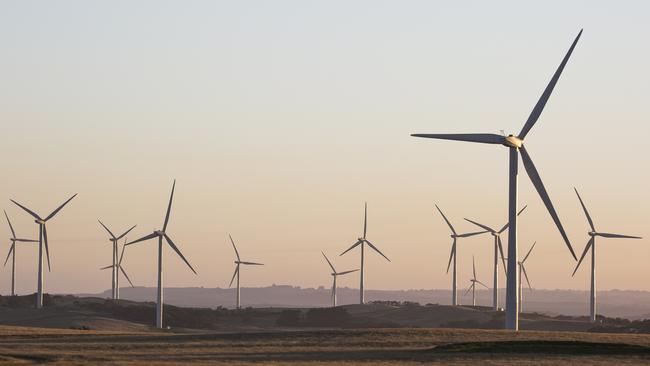
Ironically, supporters of renewable energy claim wind and solar projects are cost competitive without a subsidy. But they also say higher government mandates are needed under the NEG to encourage investment, effectively forcing utilities and big energy users to buy renewables.
Opposition climate change and energy spokesman Mark Butler says, as it stands, the RET will destroy renewable energy investment.
Modelling for green groups suggests a vast increase in the amount of wind and solar would push down electricity prices in the wholesale market, resulting in lower bills for consumers.
But while a glut of renewable energy supply may depress wholesale prices at times of peak production, the issue of intermittency — low electricity production when there is no sun or wind — is far from resolved.
The real challenge for the NEG is to encourage investment that guarantees uninterrupted electricity supplies for households and industry at an affordable rate. To achieve this, the vision for Australia’s electricity future, from the power industry and government, remains largely wedded to storage technologies that are unproven at scale or yet to be built.
According to the AEMO, when coal-fired plants retire they can be replaced most economically with a portfolio of utility-scale renewable generation, storage, distributed energy such as rooftop solar, flexible thermal such as peaking gas plants and upgrades to transmission.
Green groups want the transition away from coal to be much quicker and are pushing for a maximalist approach with the NEG.
The demands are outlined in a submission to the Electricity Security Board by the Australian Conservation Foundation and mirrored in submissions by other like-minded groups.
They want higher ambition on carbon dioxide emissions cuts, greater support for renewable energy investment, no exemption for emissions-intensive trade exposed industries and no use of domestic or international emissions permits to offset power sector obligations.
The federal government is proposing a limited use of national emissions permits, which will underpin the continuation of the sort of carbon farming projects kickstarted by the direct action reverse auction scheme.
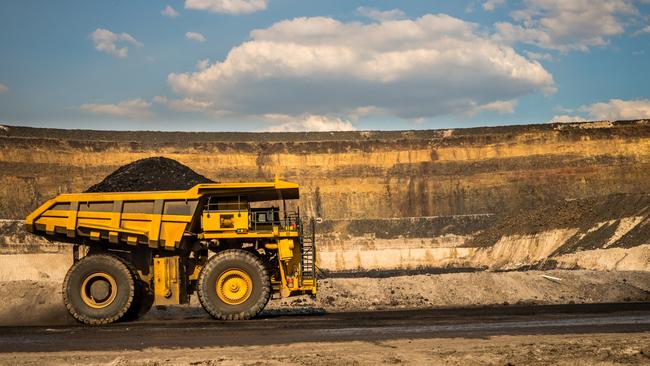
But Butler told the Clean Energy Summit this week that Labor would “oppose the use of any offsets in the electricity generation sector”.
The federal government wants the electricity sector to achieve its share of the overall Paris Agreement pledge of 26 per cent to 28 per cent below 2005 levels by 2030.
It had proposed to lock that level in for 10 years to provide investment certainty. But faced with a big public campaign urging Queensland and Victoria to push for a higher limit, the federal government has offered to review the target after five years.
The Electricity Security Board has said the proposed NEG will be compatible with higher carbon dioxide emissions abatement targets.
The federal opposition already has committed to a target of 40 per cent.
The arguments being put forward as part of NEG negotiations are twofold: first, that the electricity sector should do more than its pro-rata share of total emissions cuts to take the pressure of other areas such as agriculture and transport; second, that the national target is too low and should be increased.
Frydenberg is facing hostility from all sides. He now reportedly is proposing to seek agreement from state energy ministers and his parliamentary colleagues on how the NEG will operate before dealing with the issue of targets at a later meeting.
If agreement can be reached over two stages, the government still faces a parliamentary challenge to legislate.
The NEG has become a proxy for Australia’s commitment to tackling climate change.
Despite claims of support for a bipartisan approach, the reality is that keen politics and division remain.
The by-election results suggest high electricity prices are an important concern for voters.
Electricity bill relief has been identified as one of three key issues, along with company tax and Catholic school funding, that the government must resolve or face a wipe-out at the next federal election.
A solution to Australia’s expensive and deteriorating energy system is desperately needed.
But the NEG negotiations to date show agreement by next Friday’s COAG deadline now seems improbable, and power politics will remain high on the agenda for the federal poll next year.


